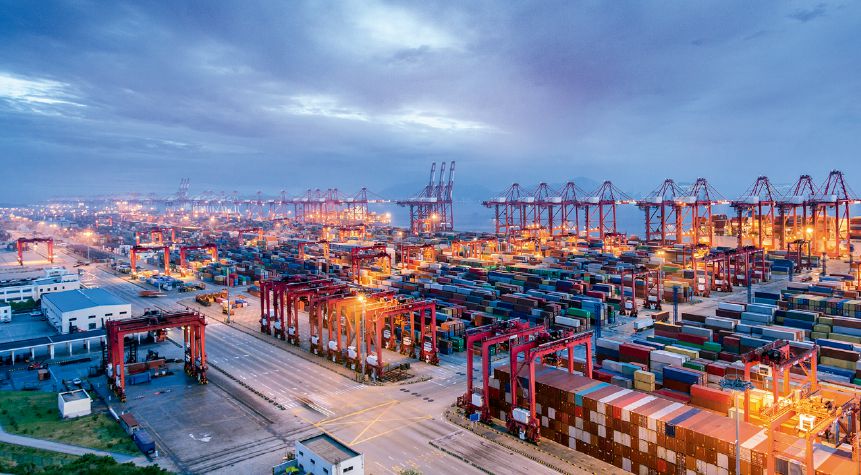
Profound Economic Changes Prompt 'Dual-Cycle' Theory
A new development strategy was unveiled at a meeting of the Political Bureau of the Chinese Communist Party's Central Committee on July 30. That strategy – which embraces a "dual cycle" concept – calls for taking the domestic economy as the focus and supplementing that with the interaction of domestic and international activities. It reflects the profound economic changes that came about as a result of the Covid-19 pandemic. It is a solution to the new political and economic circumstances and the Chinese economy's long term requirement of ensuring high-quality development. Efforts need to be made to focus on the domestic component to boost this dual cycle and the potential of domestic demand should be unlocked to address the structural imbalances of the domestic economy. This is extremely important if China is to achieve "leapfrog" style development and innovation-driven economic growth.
The Covid-19 pandemic in 2020 plunged the global economy into deep recession,intensified the dispute between China and the US,and greatly affected the global supply chain. Even before that - in 2018 - President Xi Jinping pointed out that the world was undergoing profound changes that had not been witnessed in over a century. Key elements of these changes were US unilateralism and trade protectionism and they brought severe challenges to established global practices and the existing world order. They also exerted a negative influence on relations between major countries. The new development pattern featuring “dual circulation” is an important strategic plan and requirement to adapt to these new changes in the external environment.
Over the past few decades,global cooperation and the distribution of labor have been optimized under the impetus of economic globalization. Over the same period,a relatively complete industrial production system and integrated industrial chains have been formed in China. These have been tightly linked to the global value chain,accounting for about 30% of the added value of the global manufacturing sector and 23% of global imports and exports. However,industrial re-shoring efforts,intensified China-US trade friction,and changes in global cost competitiveness under the impact of the pandemic have since had a significant impact on this international arrangement.
The changes are reflected in the following three areas. First,more than one country has discovered shortcomings in its medical infrastructure and an over-dependence on China as a result of Covid-19. That has accelerated the re-shoring effort in the manufacturing sector and may lead to the repositioning of global industrial chains in public health care,national security and other basic industries. China-US trade friction has also weakened the competitiveness of Chinese products in the United States. So far,14 out of the top 15 categories of Chinese goods exported to the United States have lost market share over the past four years. These include not only labor-intensive products,but also high value-added items. Mexico has been a key beneficiary of this lost ground.





